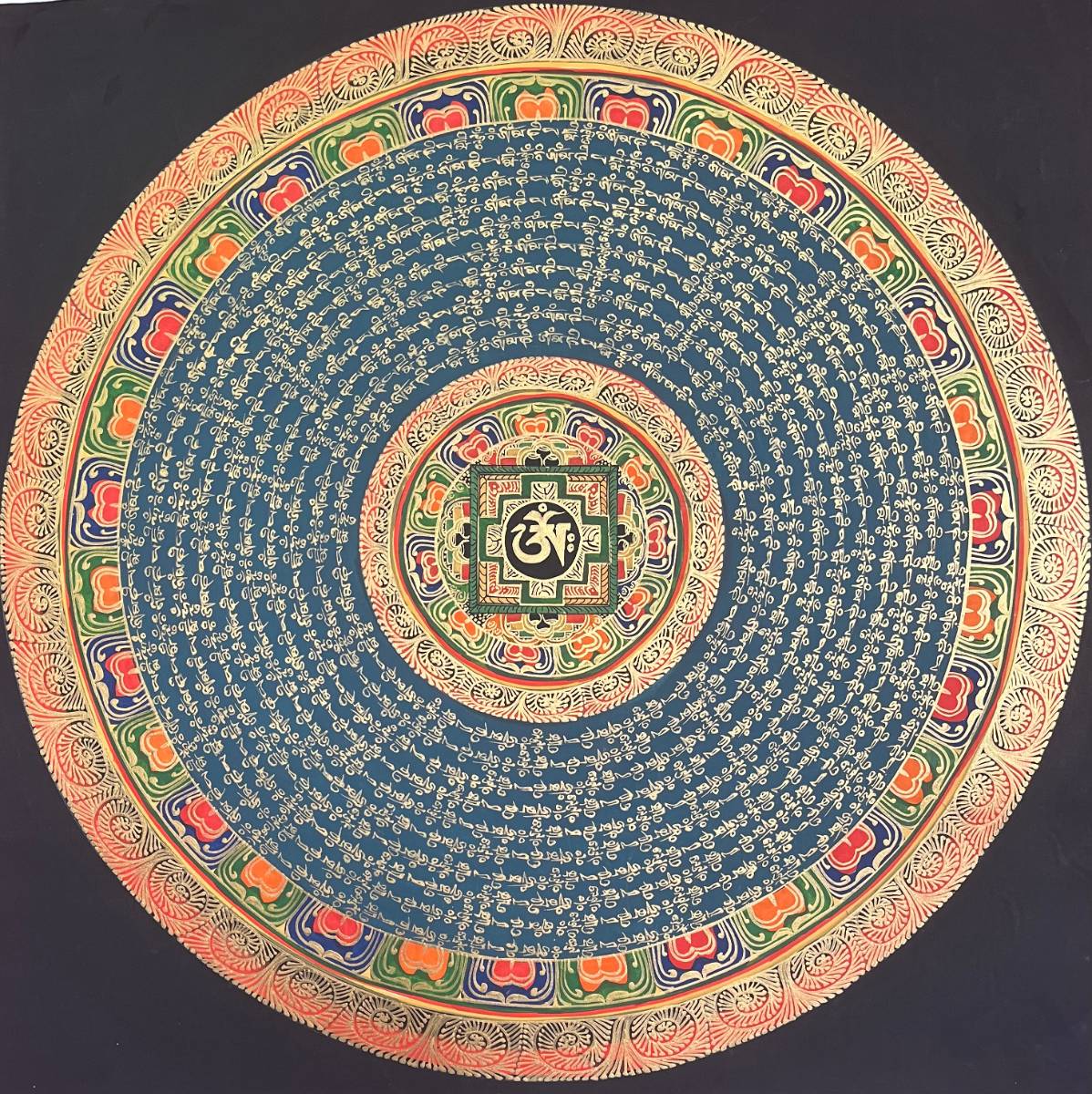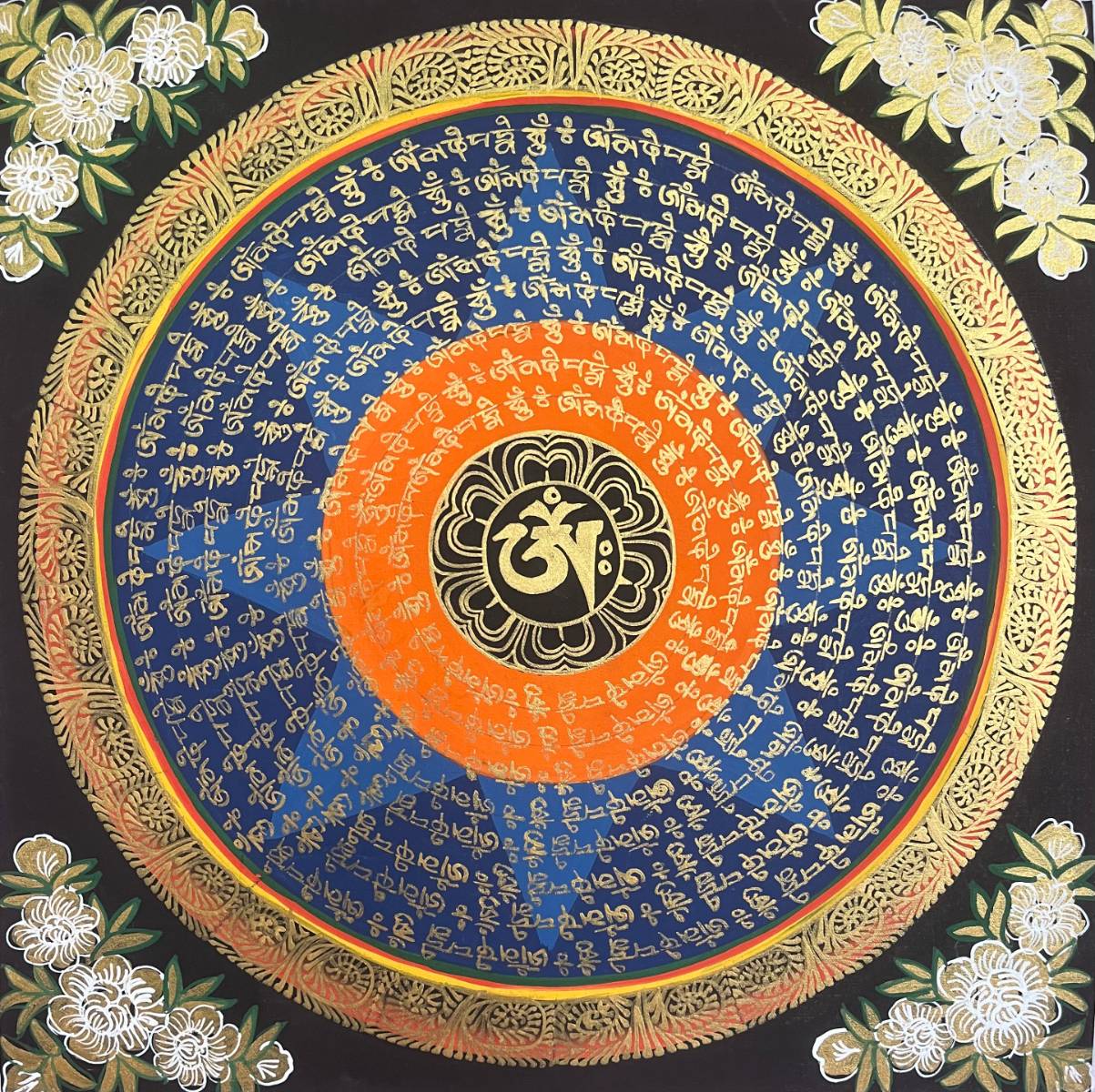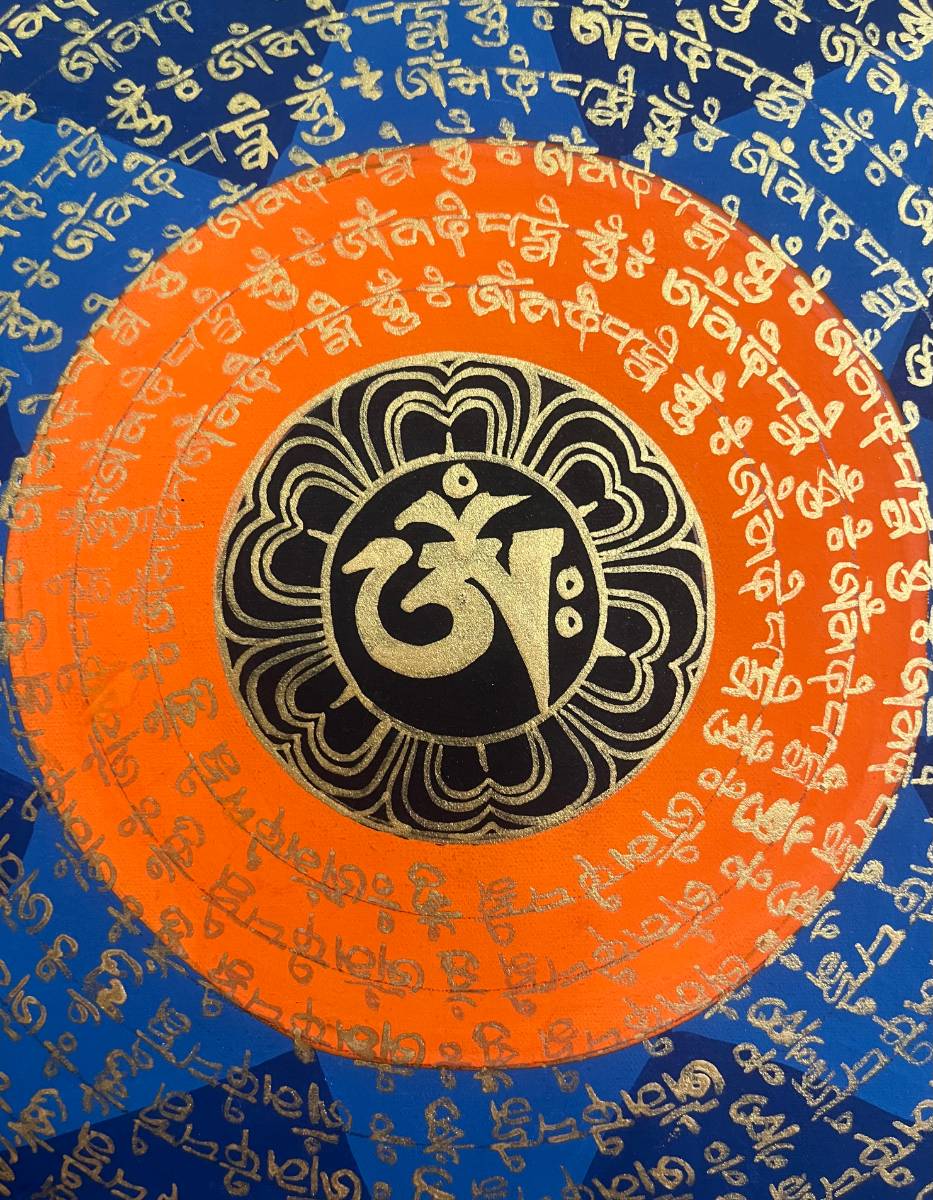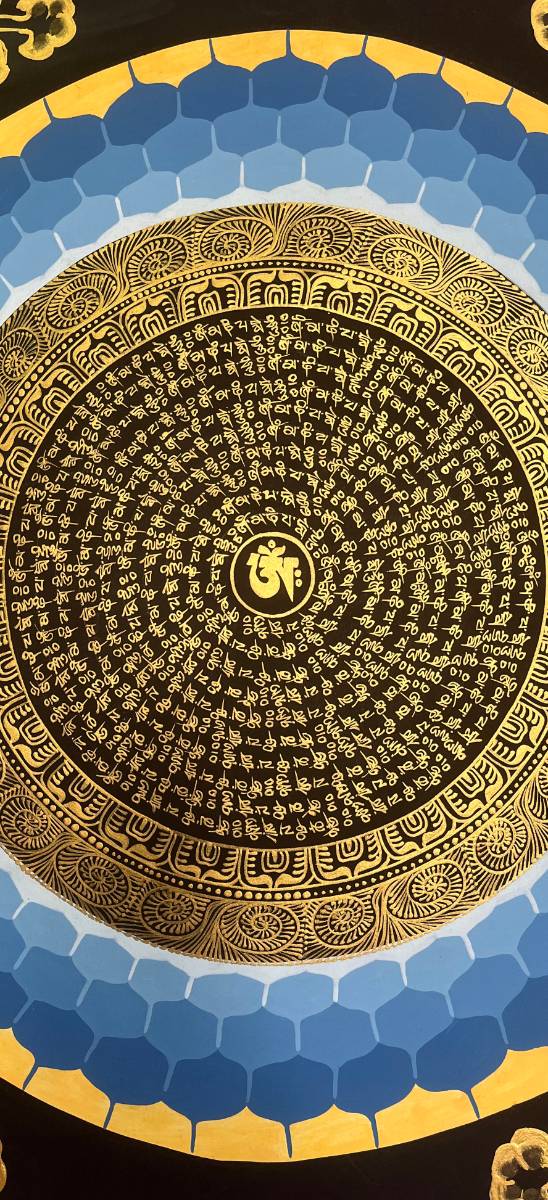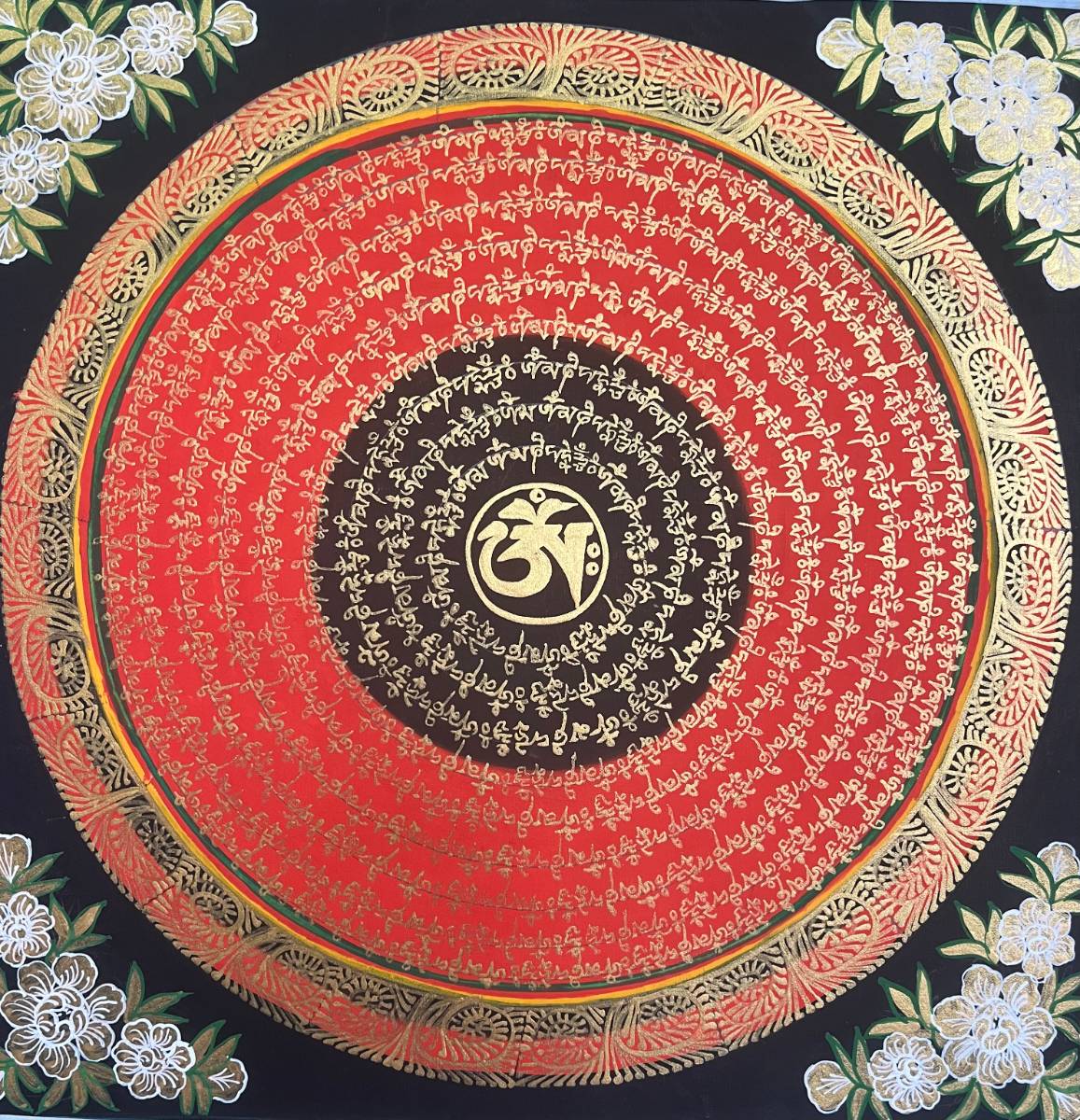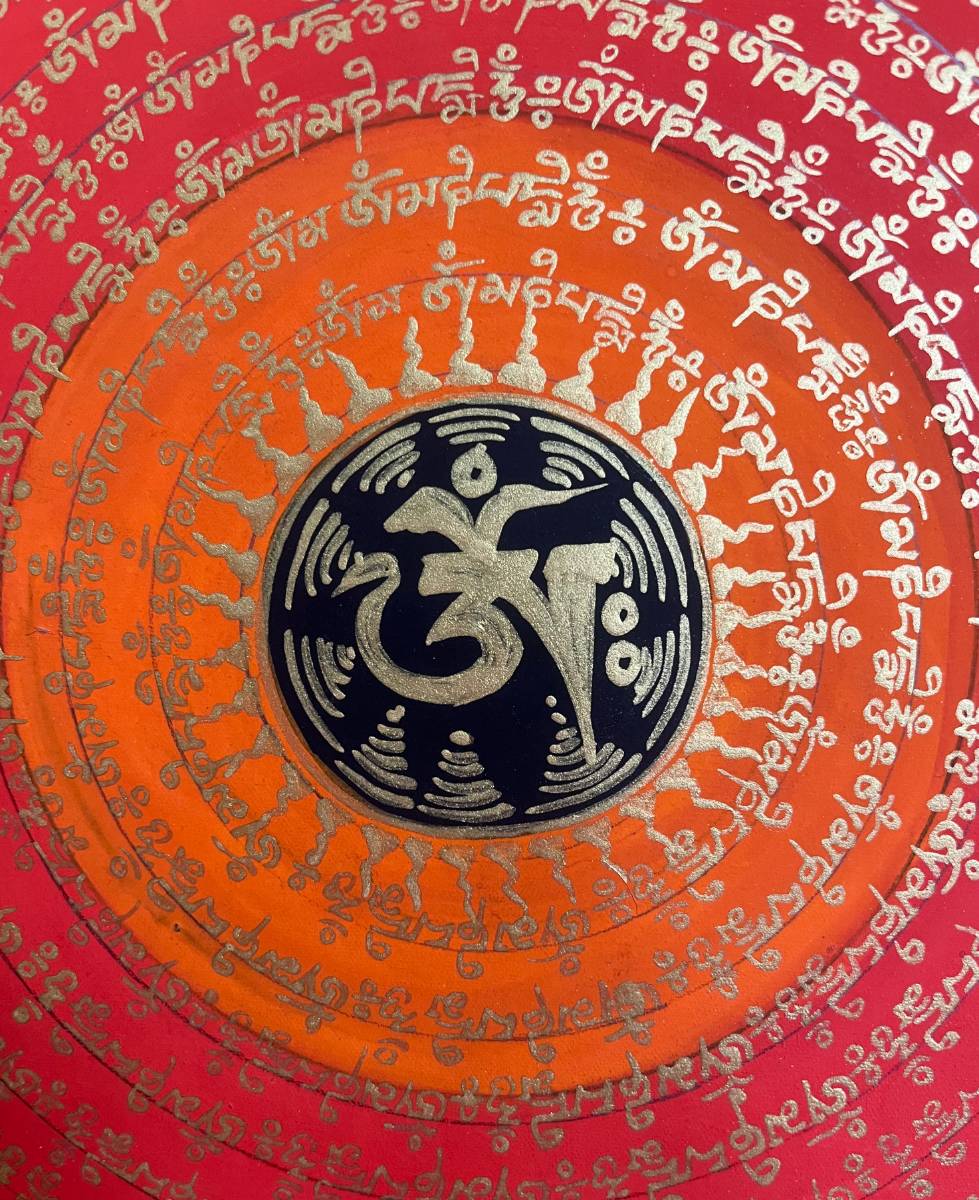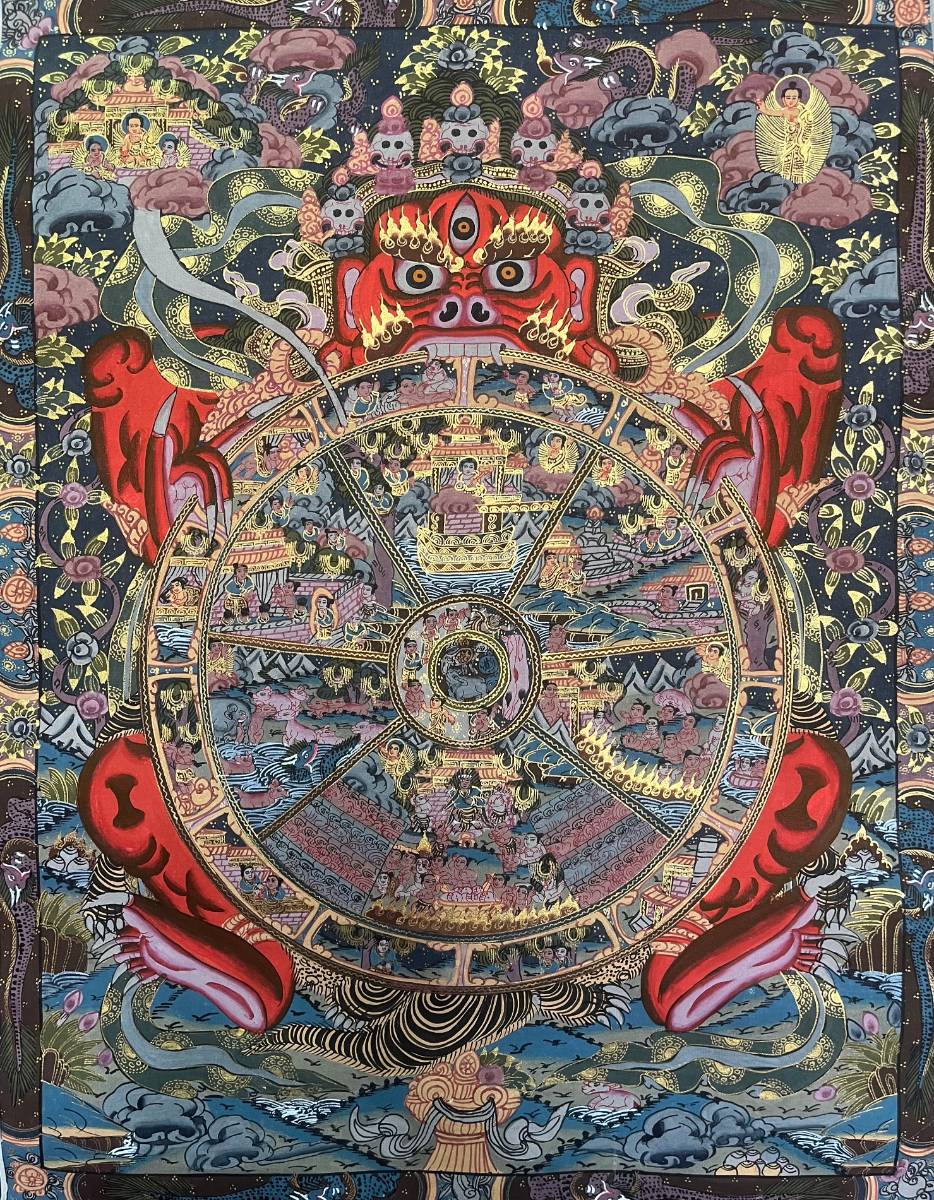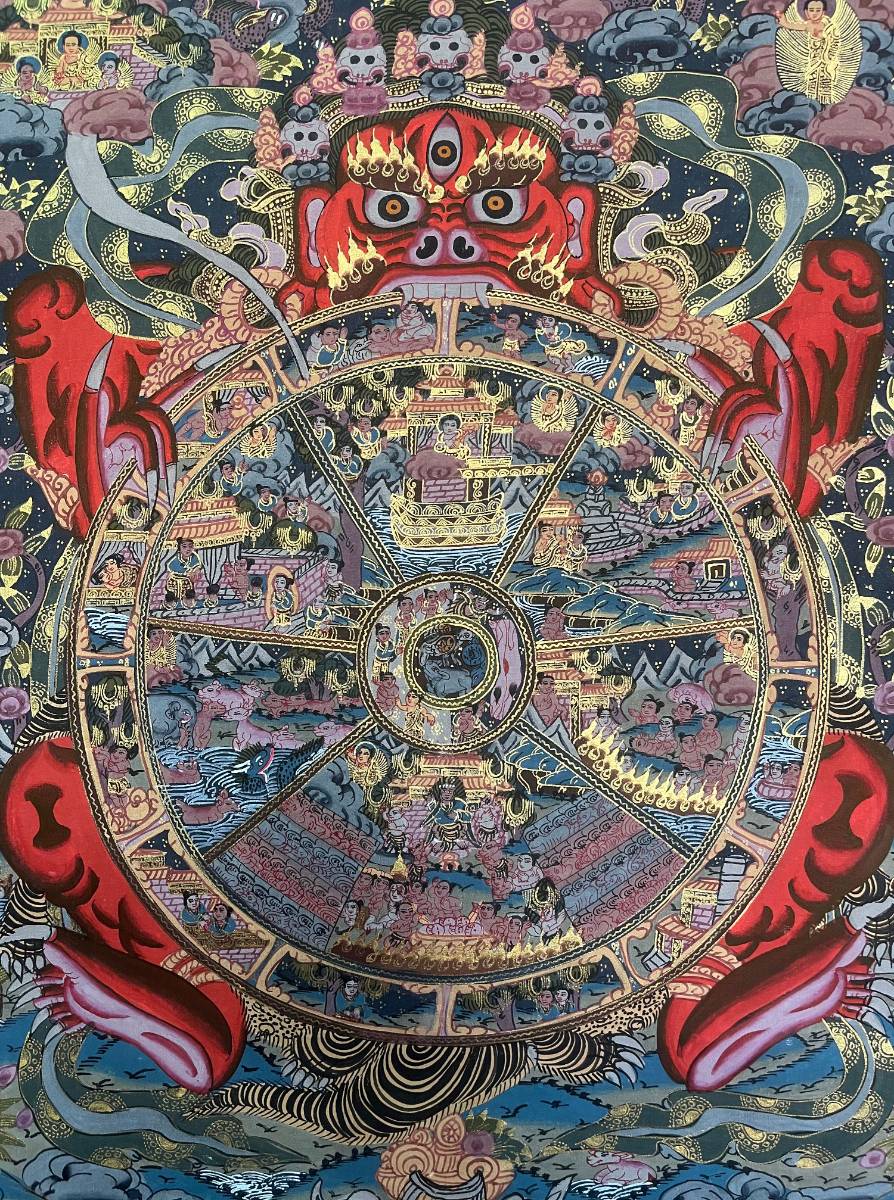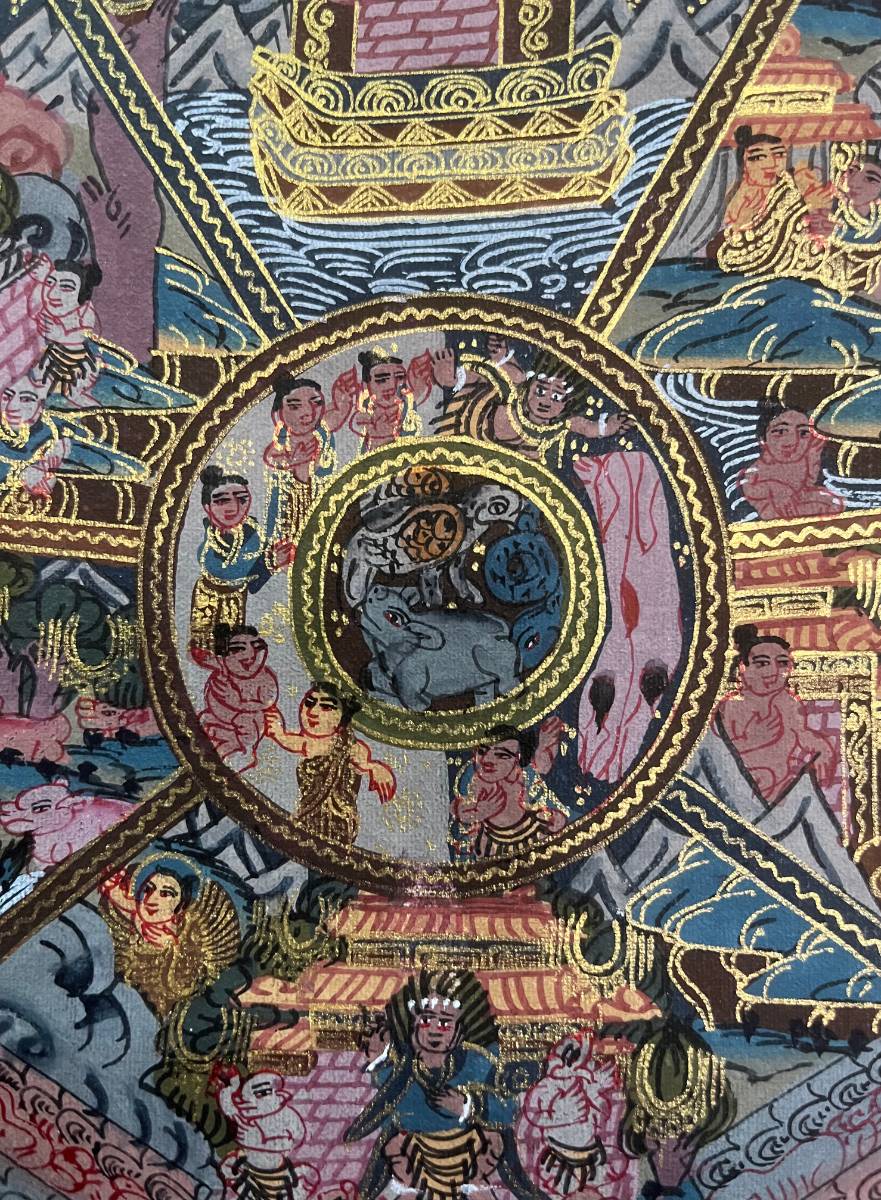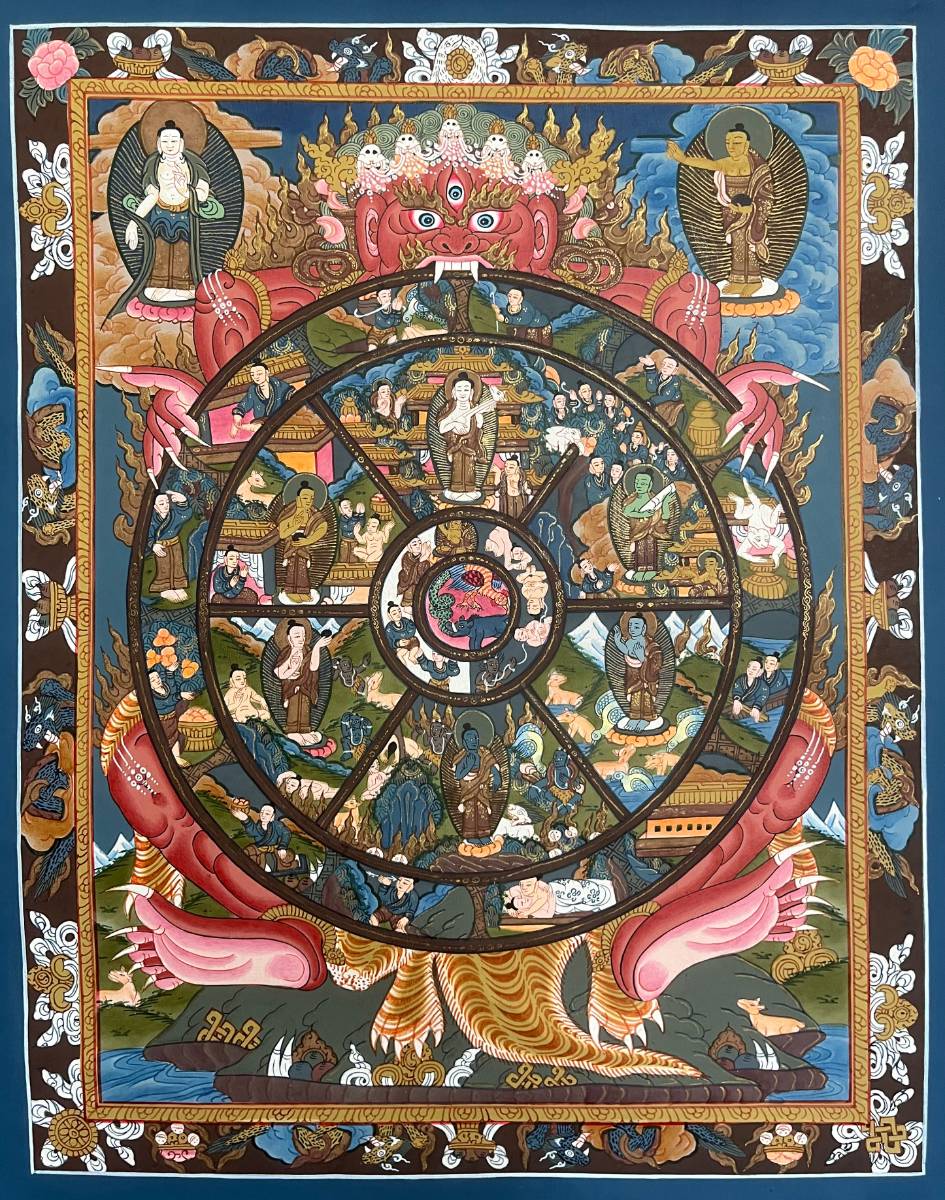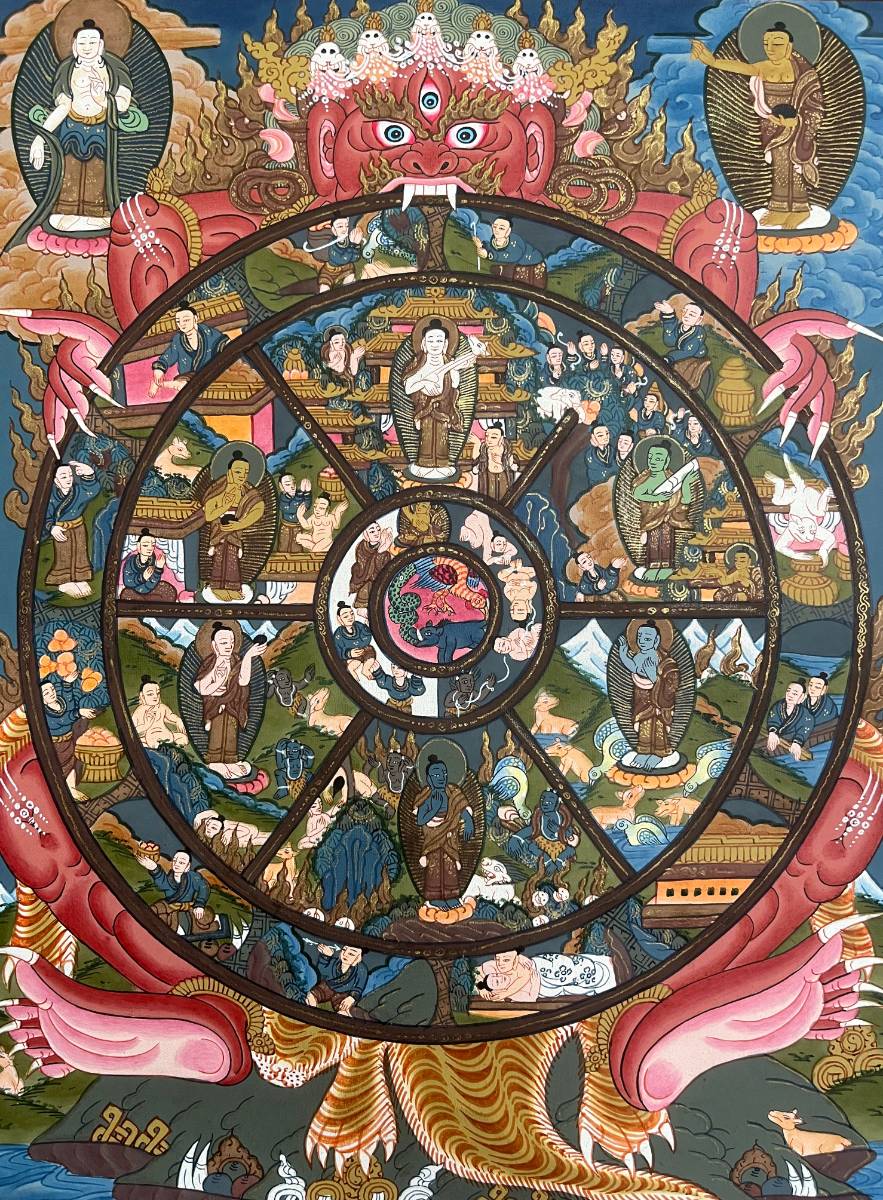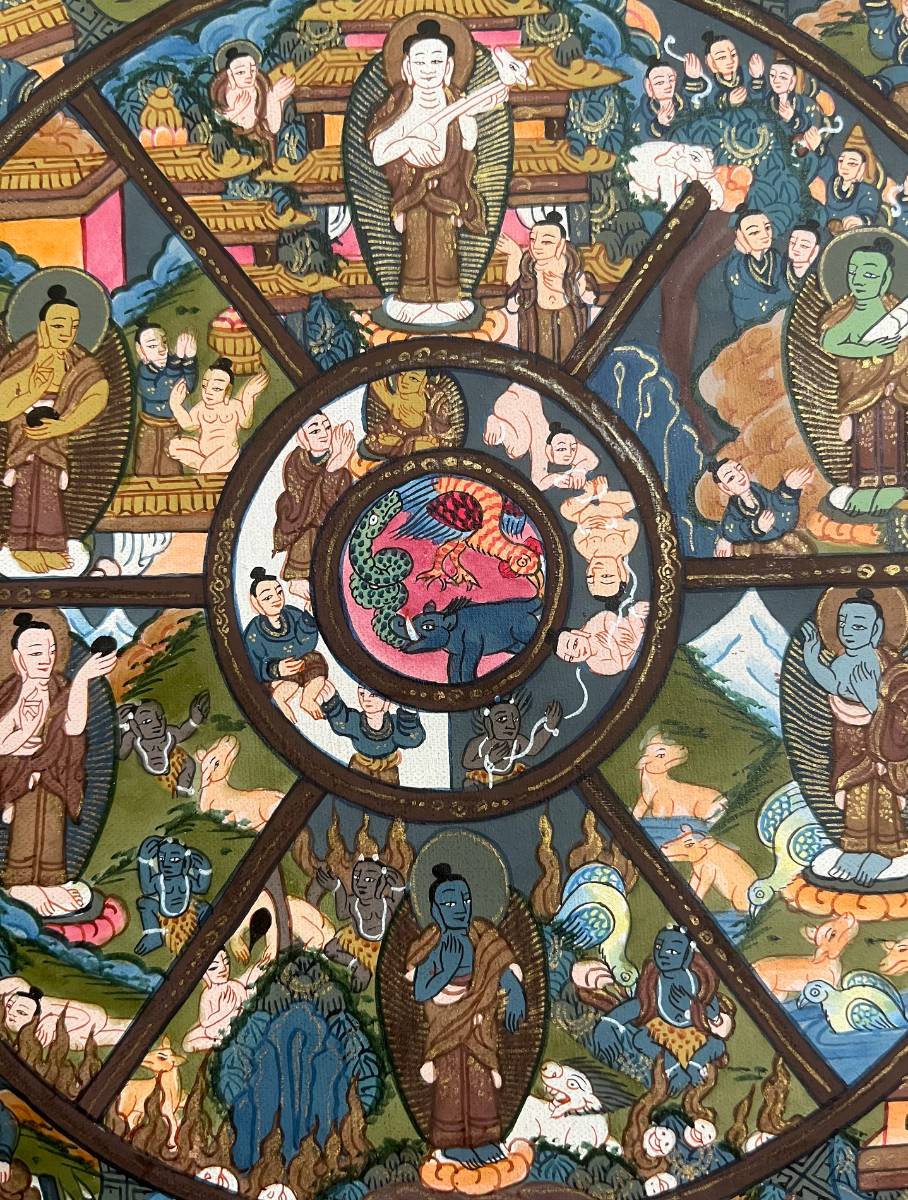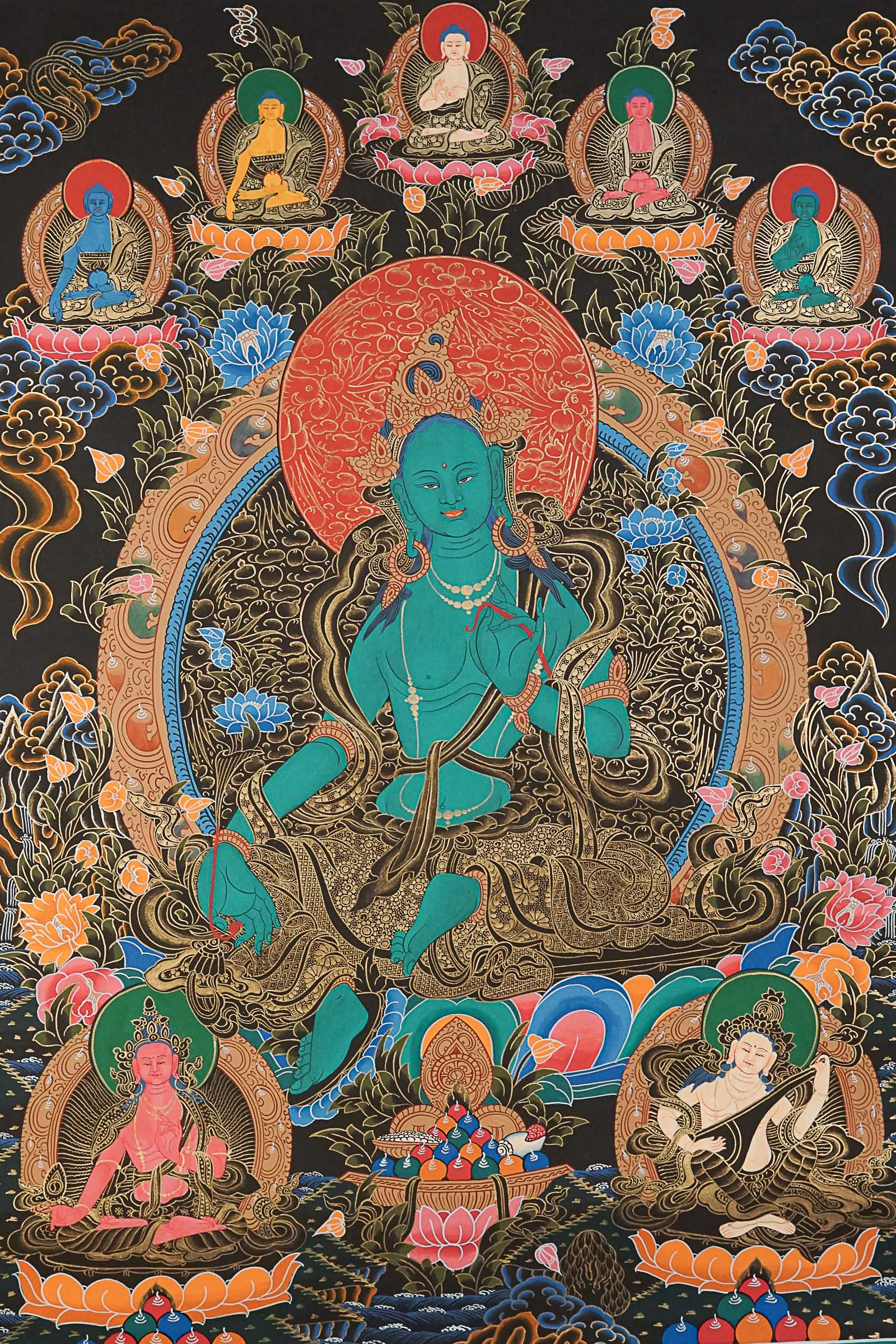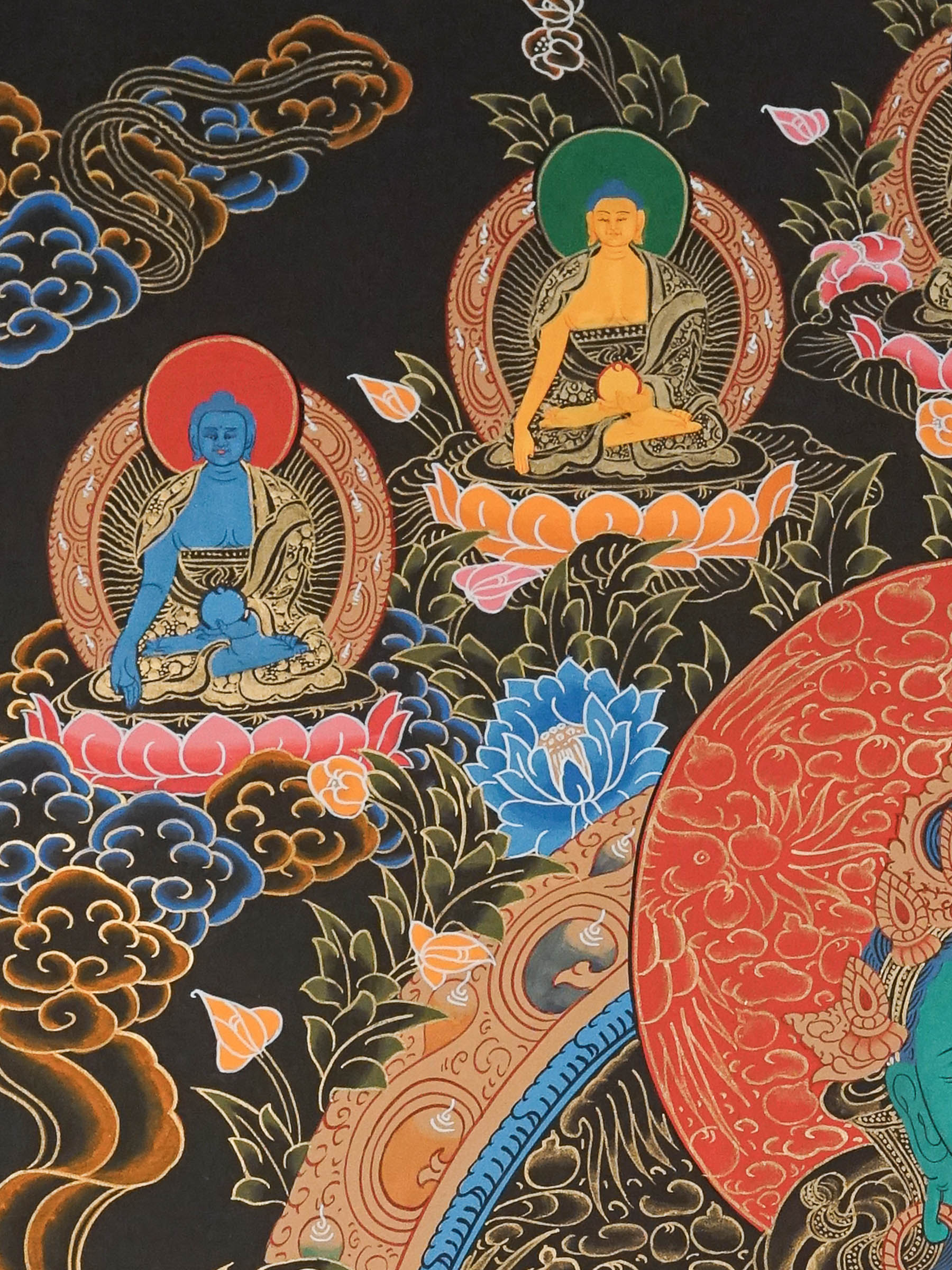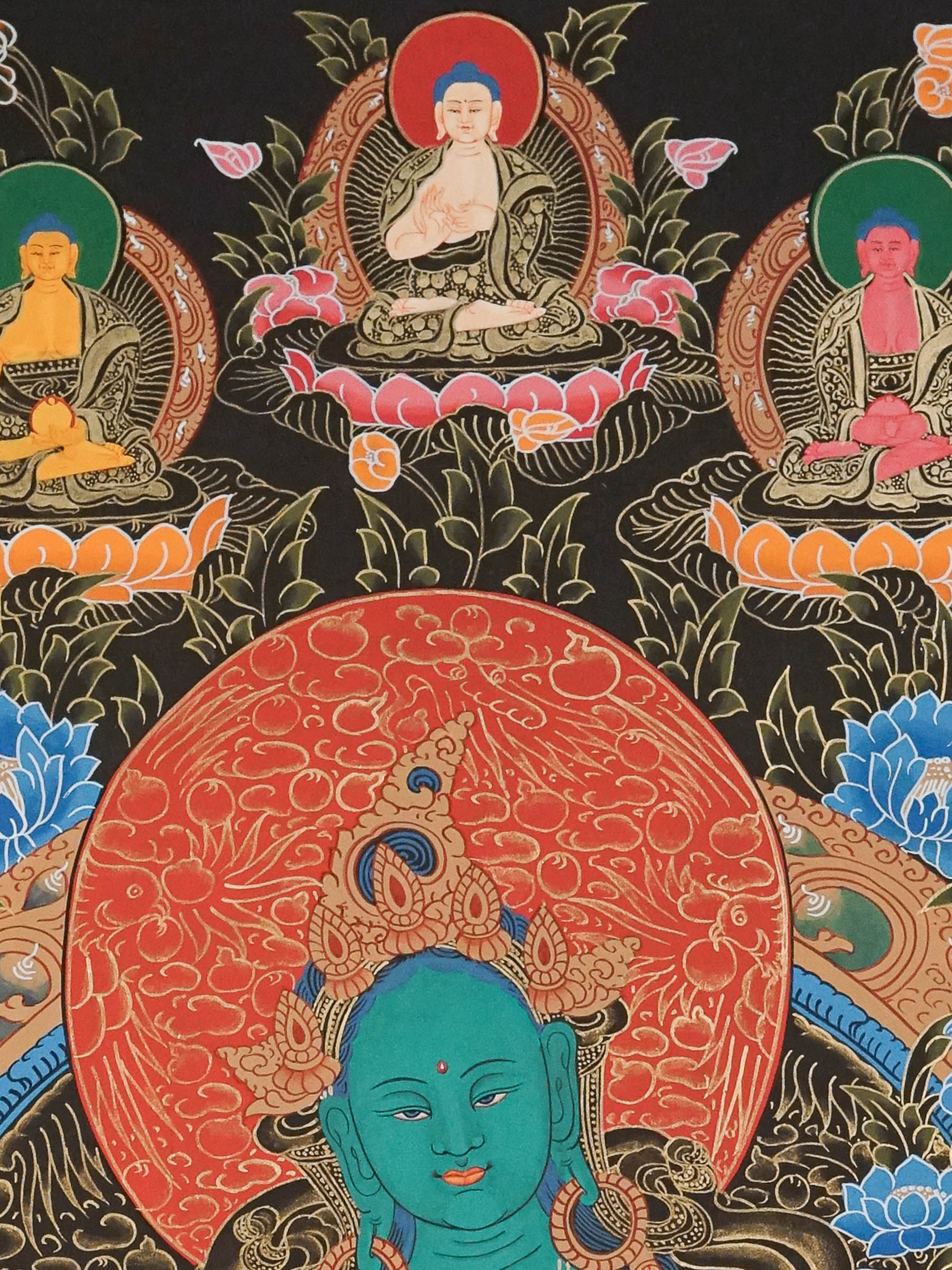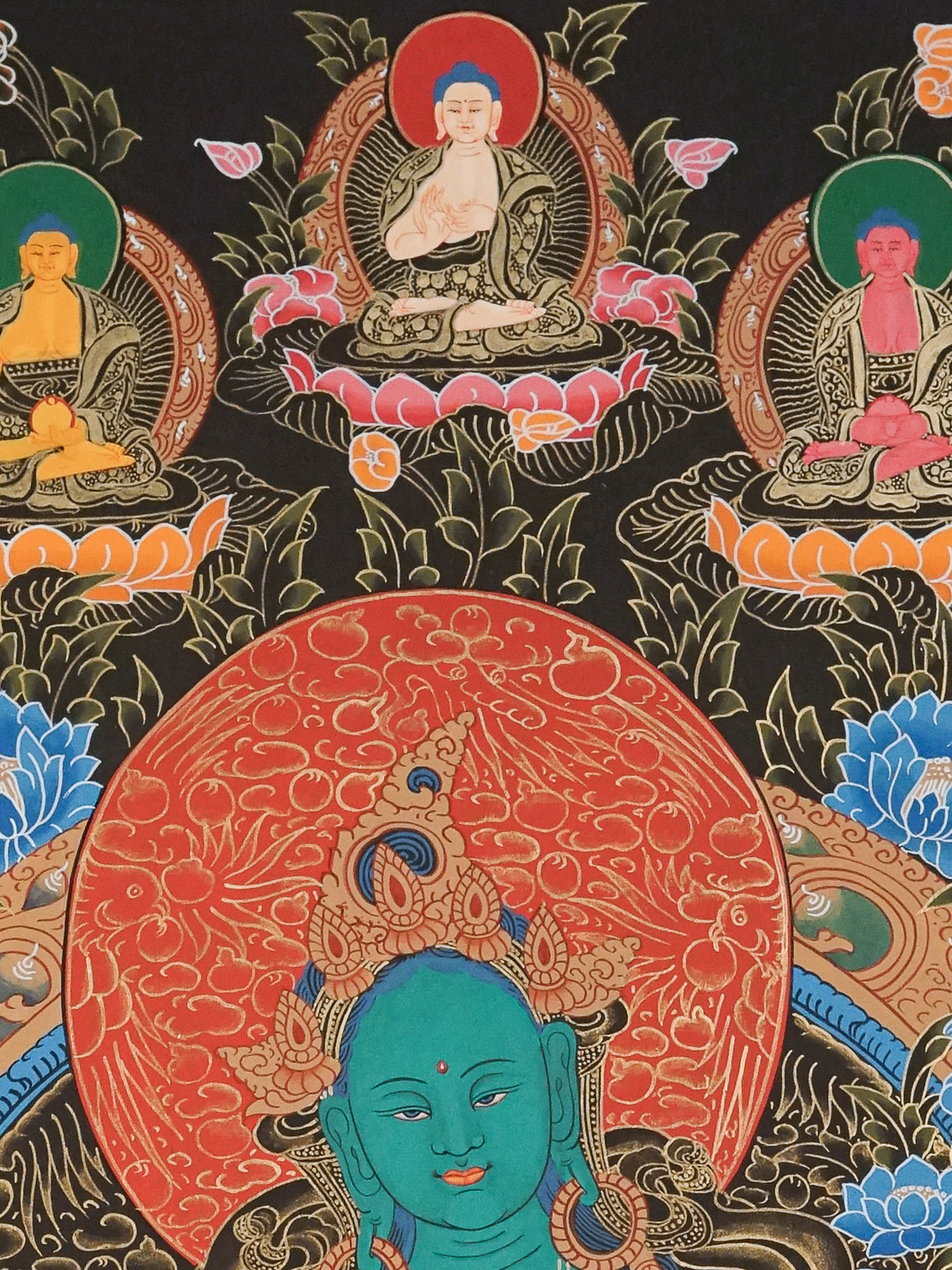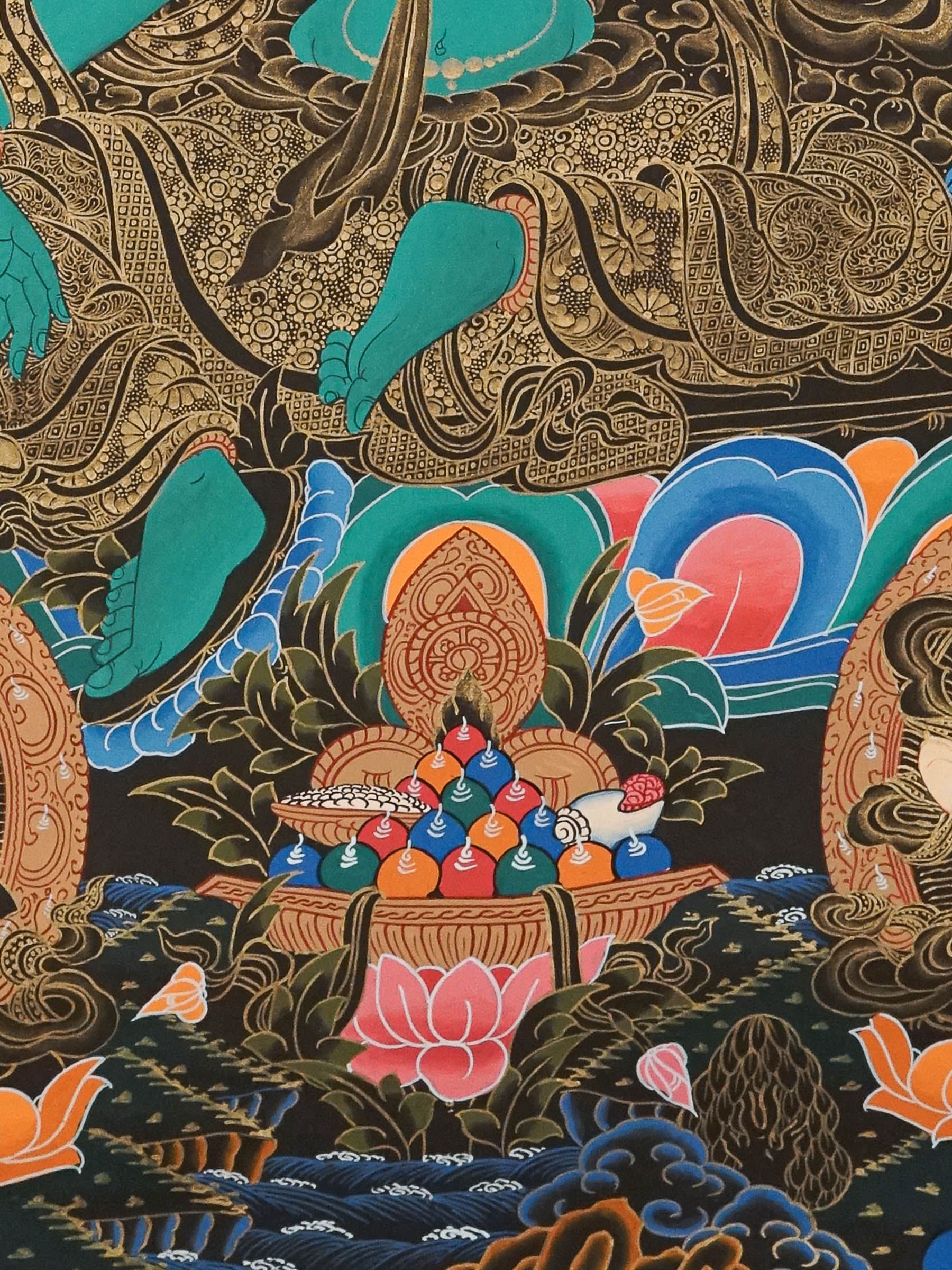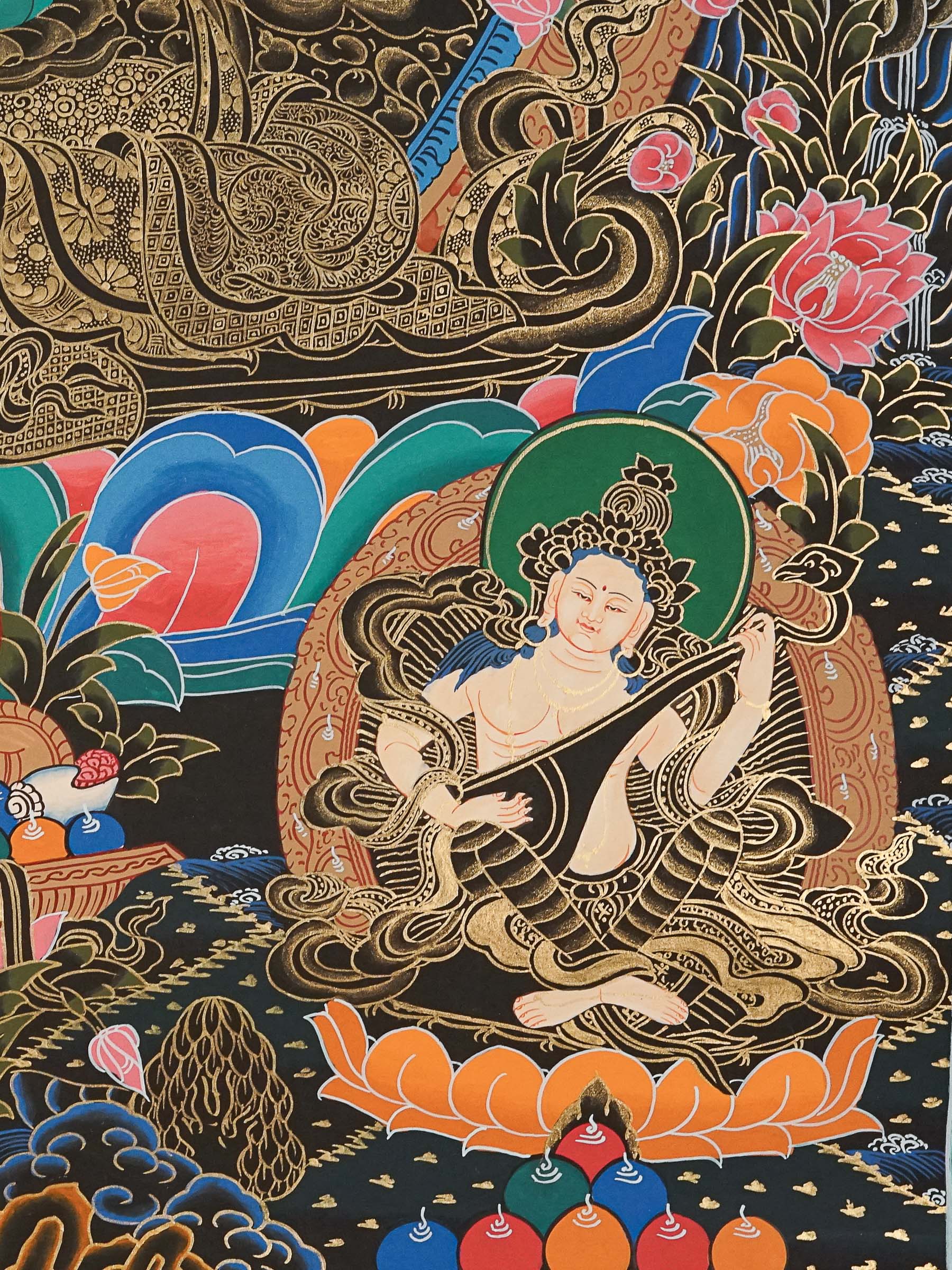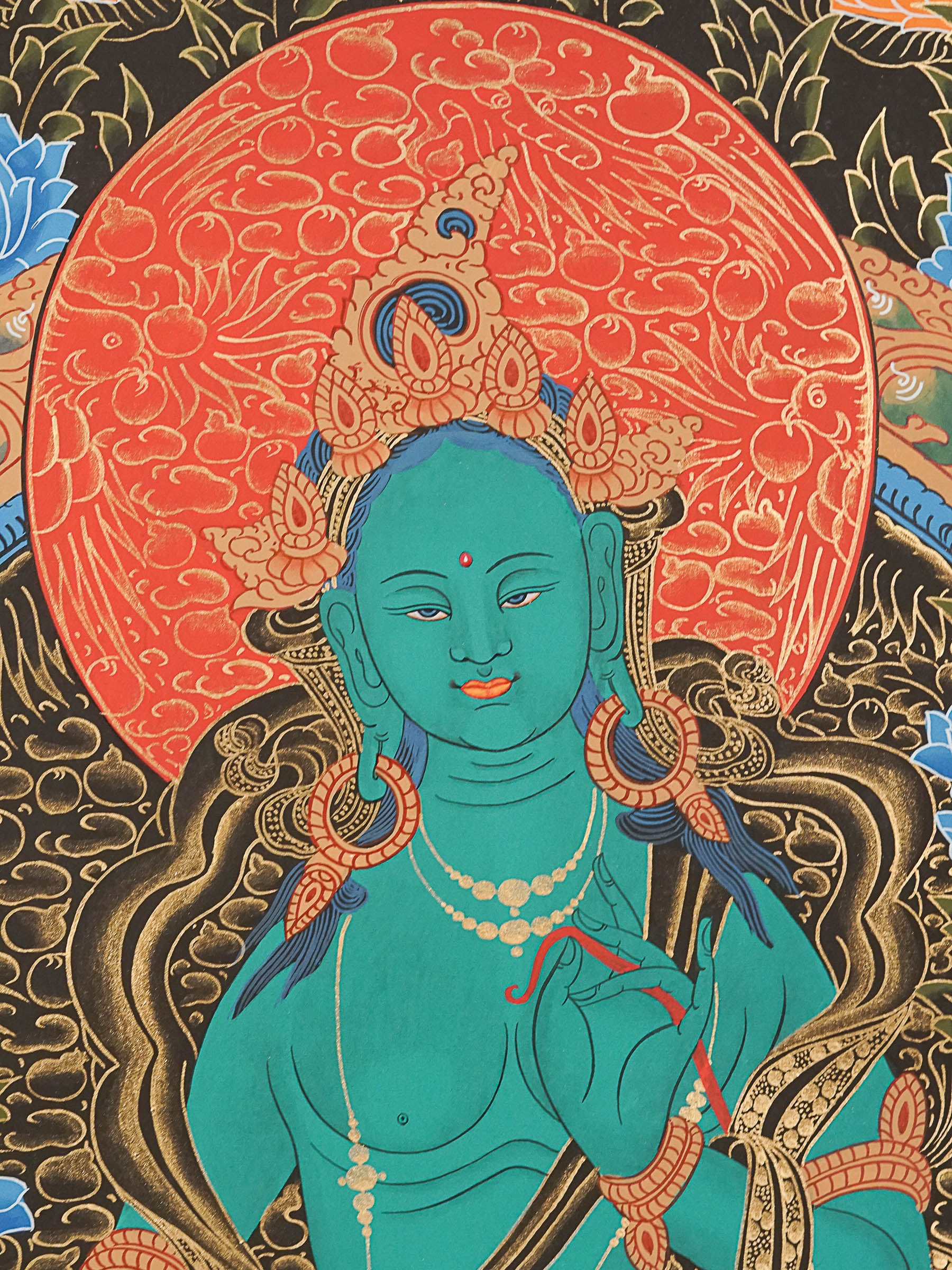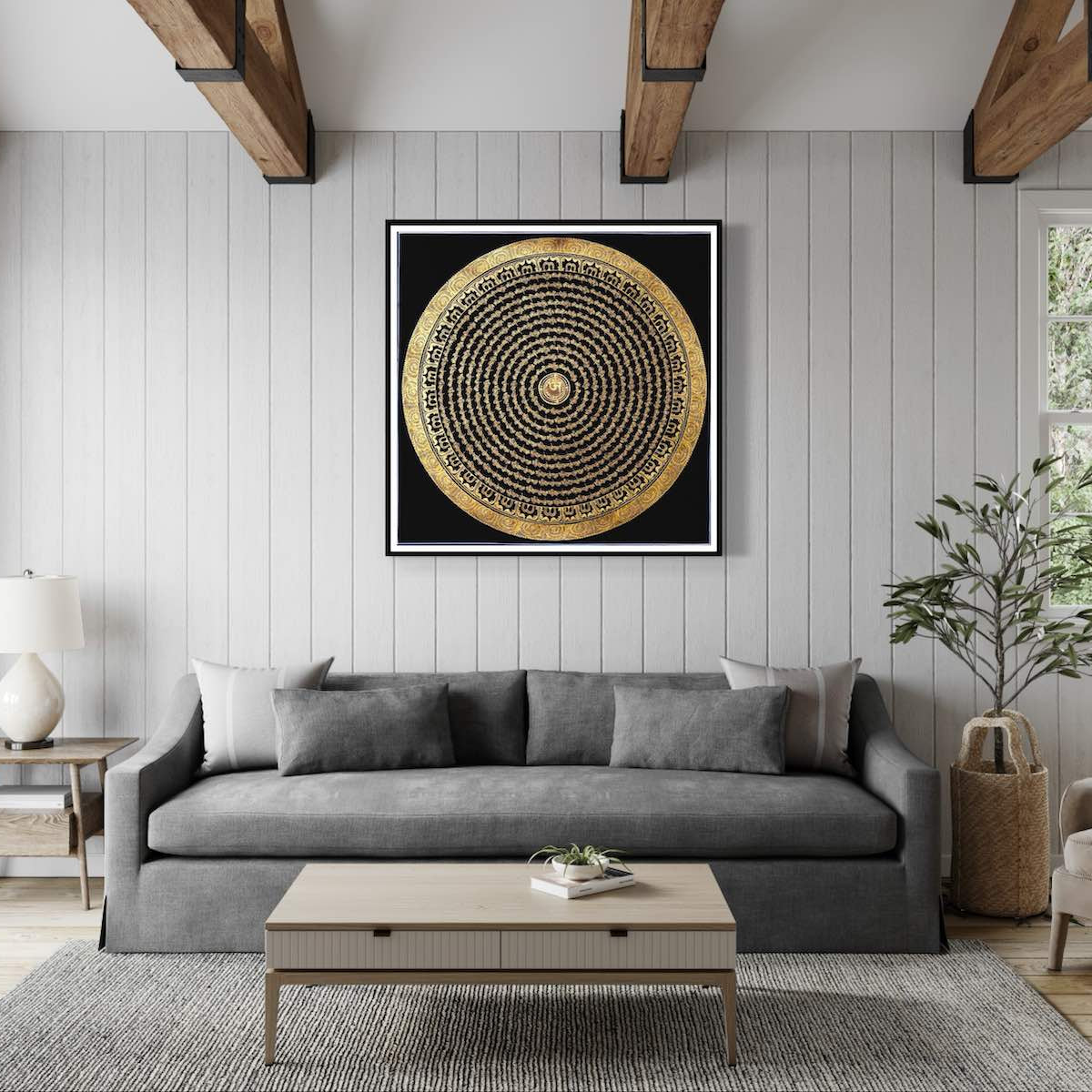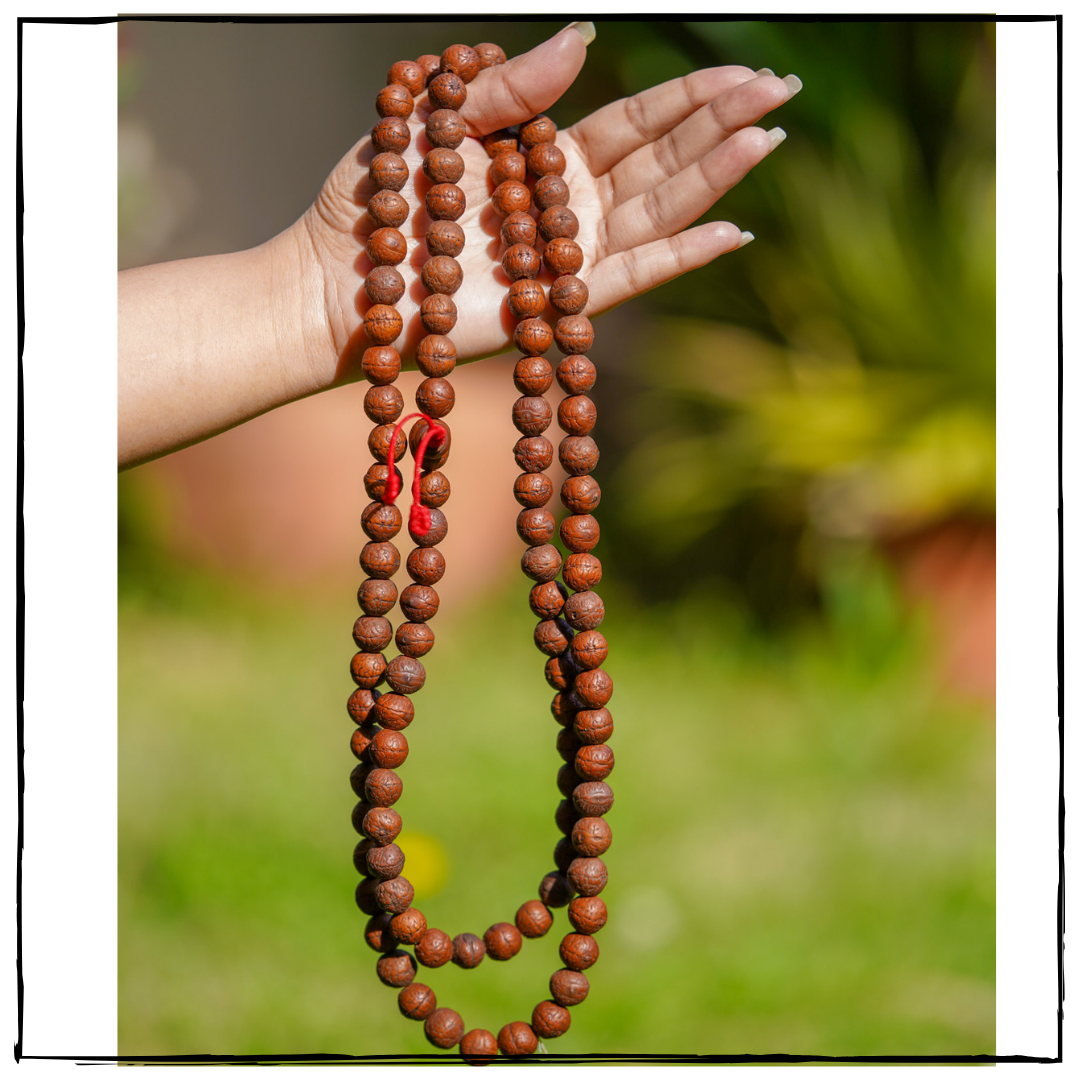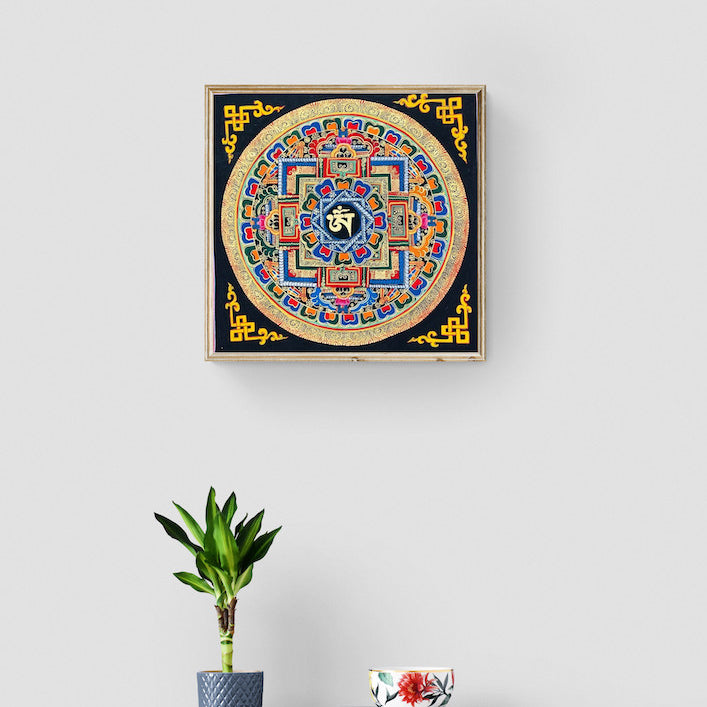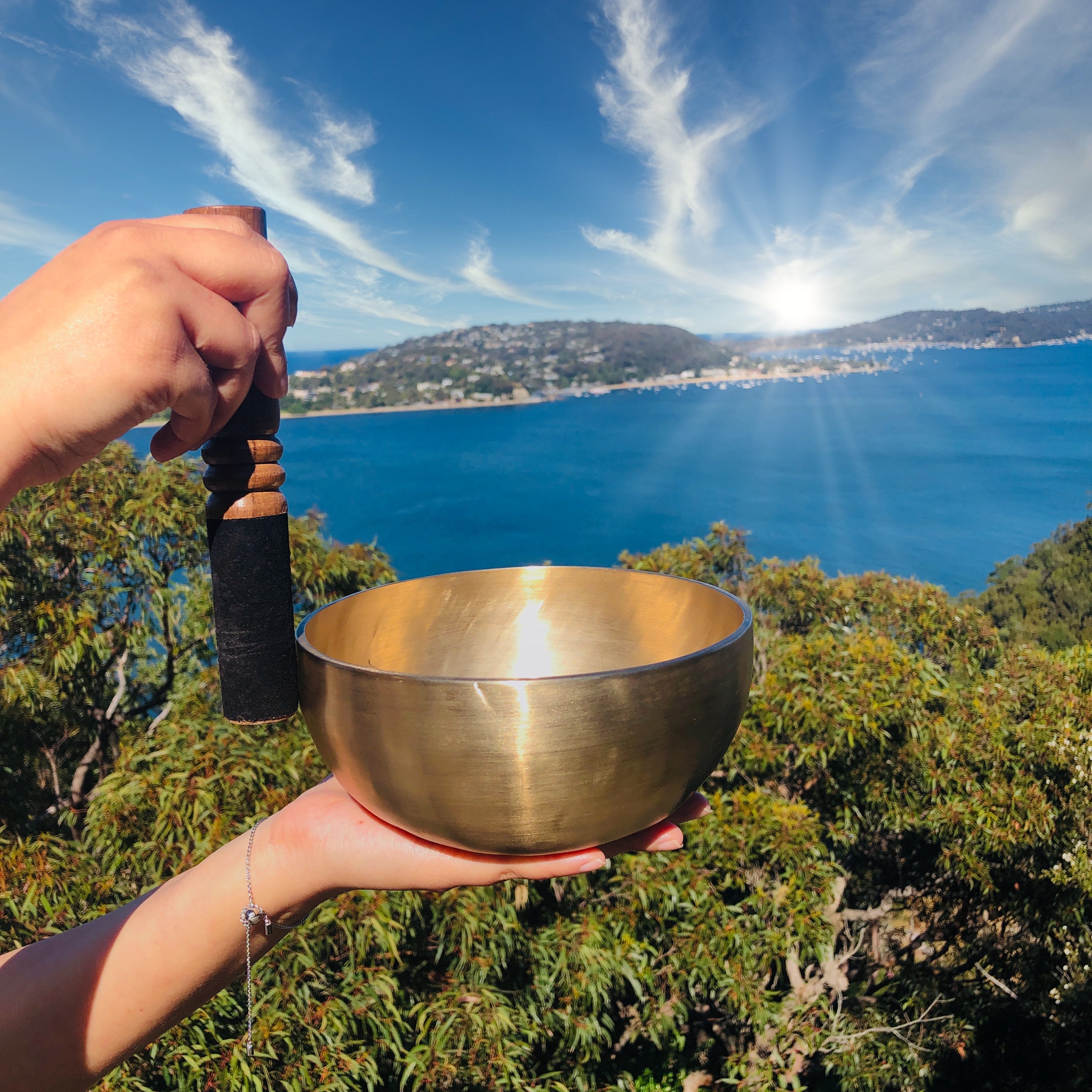Green Tara Thangka Painting
Couldn't load pickup availability
Description
The Green Tara Thangka Painting is a beautifully hand-painted depiction of Green Tara, one of the most highly regarded deities in Tibetan Buddhism. This sacred artwork embodies compassion, protection, and swift action, inviting devotees to experience spiritual grace and enlightenment through its powerful imagery.
Key features:
- Radiant Presence: Green Tara is depicted seated gracefully upon a lotus throne, exuding an aura of tranquility and compassion.
- Elegant Posture: With one leg folded in a relaxed manner and the other extended, she symbolizes readiness to swiftly aid sentient beings.
- Mudras (Hand Gestures): Green Tara's right hand grants wishes (varada mudra), while her left hand offers protection (abhaya mudra) to devotees.
- Lotus Throne: Green Tara sits upon a blooming lotus, symbolizing purity, enlightenment, and transcendence over the worldly realm.
- Divine Companions: Surrounding Green Tara, celestial beings and Bodhisattvas pay homage to her compassionate presence and wisdom.
- Green Complexion: The green hue symbolizes her association with growth, vitality, renewal, and the nurturing aspect of compassion.
Product Specification:
- Hand Painted
- Size: 90 cm x 60 cm
- Base: Cotton Canvas
- Origination: Nepal
Experience the intricate craftsmanship and timeless value of Lucky Thanka's Green Tara Thangka art. Shop now for a stunning addition to your collection.

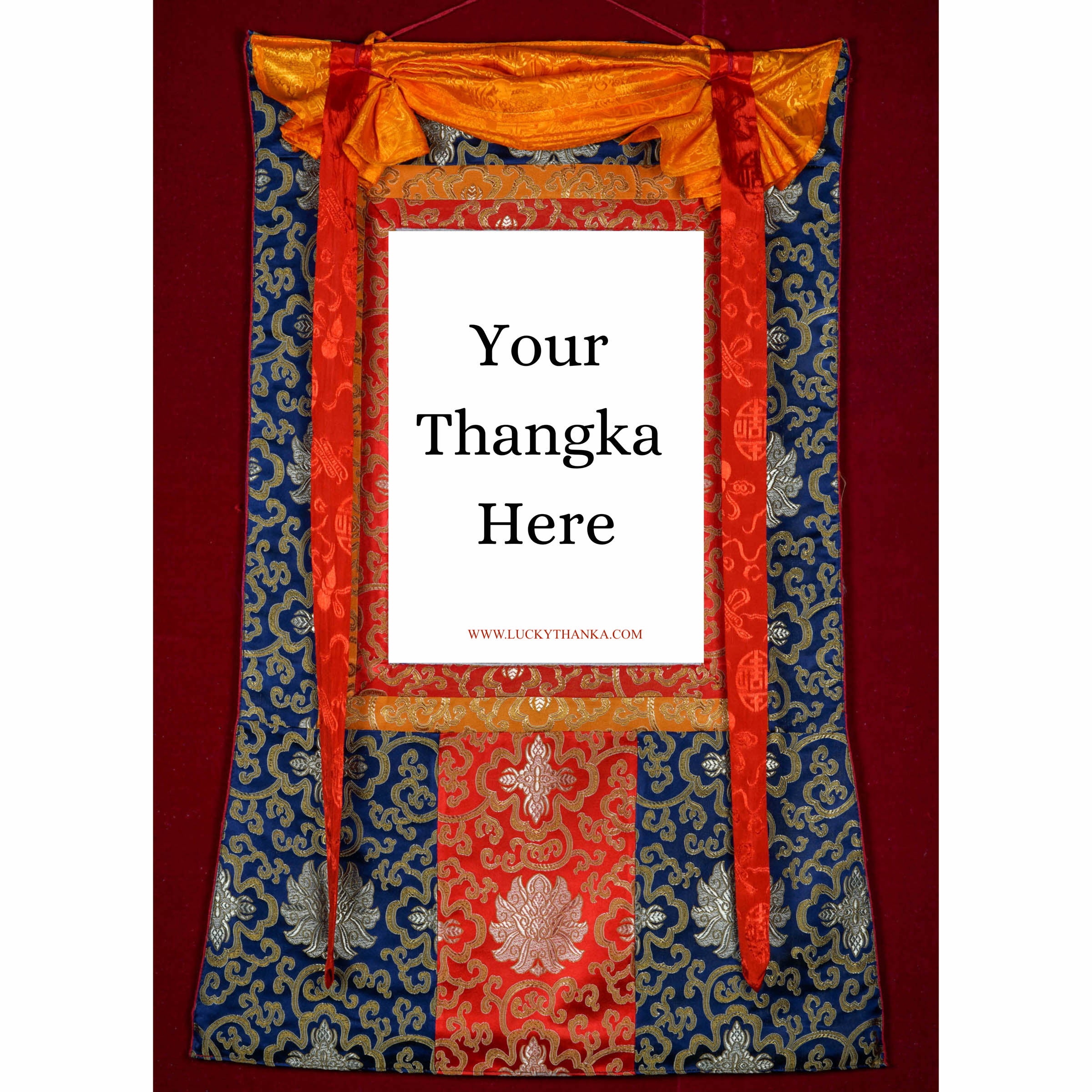
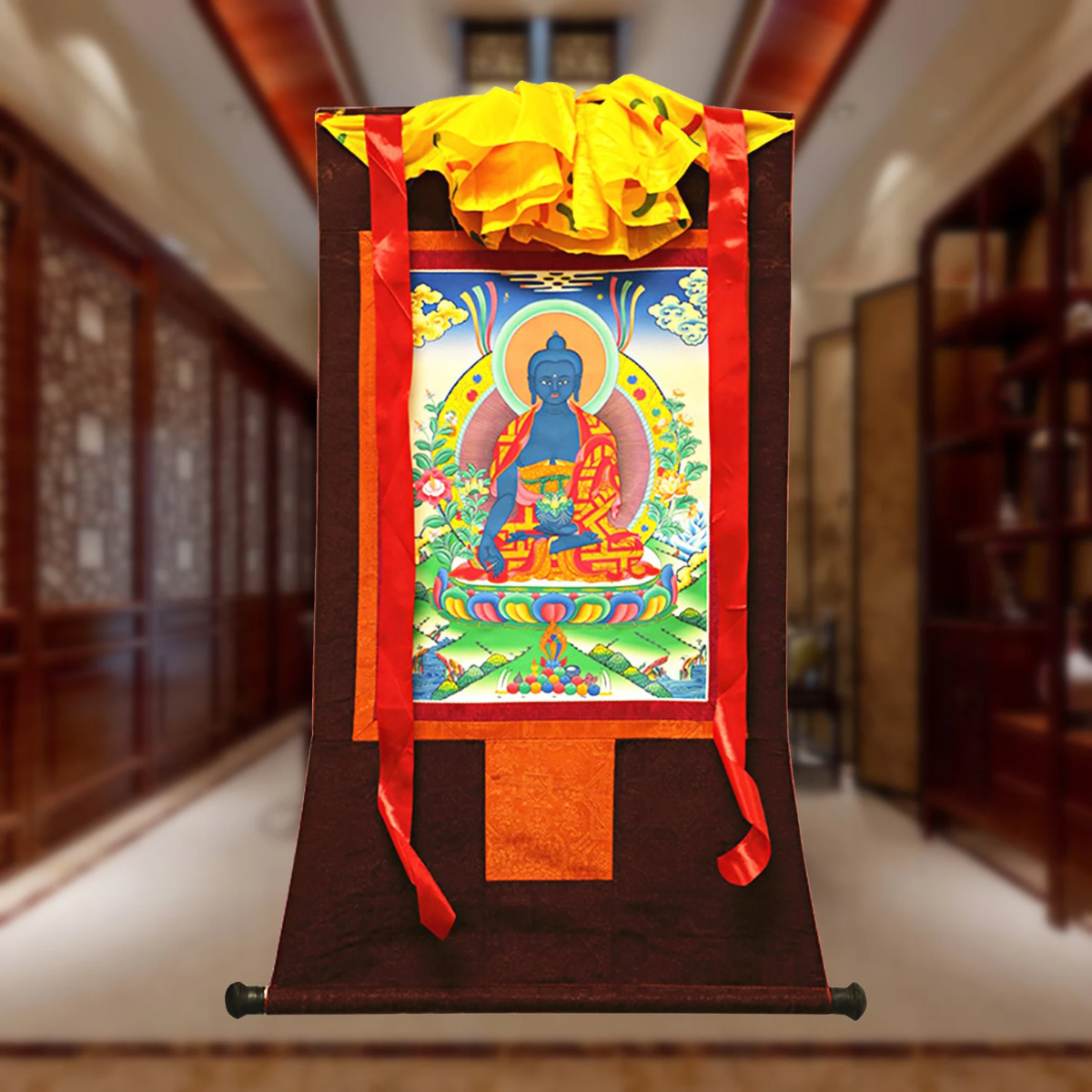
Hand Embroidery Brocade
Want to add a Brocade to your beautiful Thangka Painting? Traditional Style Brocade has been one of the most popular form of mounting as it has a greater religious merit.
Note: Make sure you have added the Thangka to your cart first.
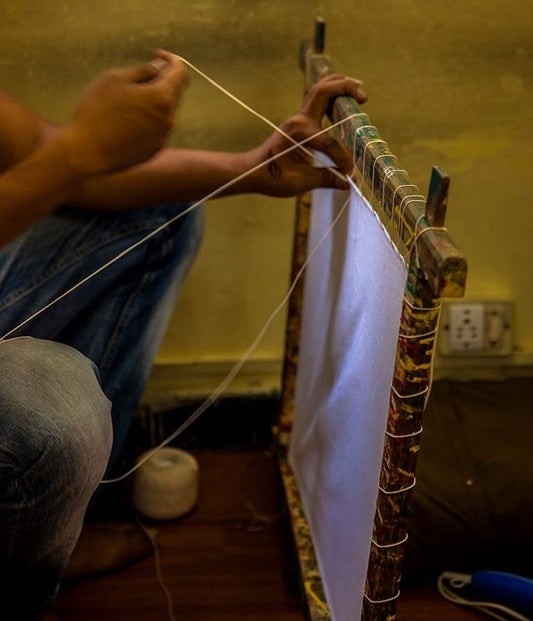
100% Cotton Canvas
Preparing the Cotton canvas before starting to paint a Thangka. This process includes washing, drying, stretching, sizing and everything needed to make a perfect base for the thangka to last for centuries.
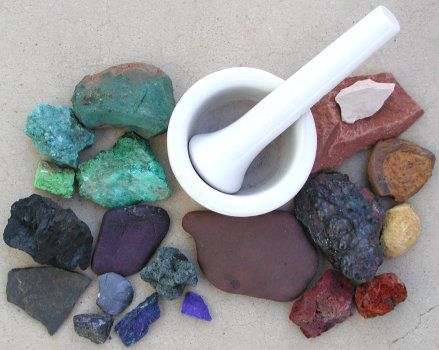
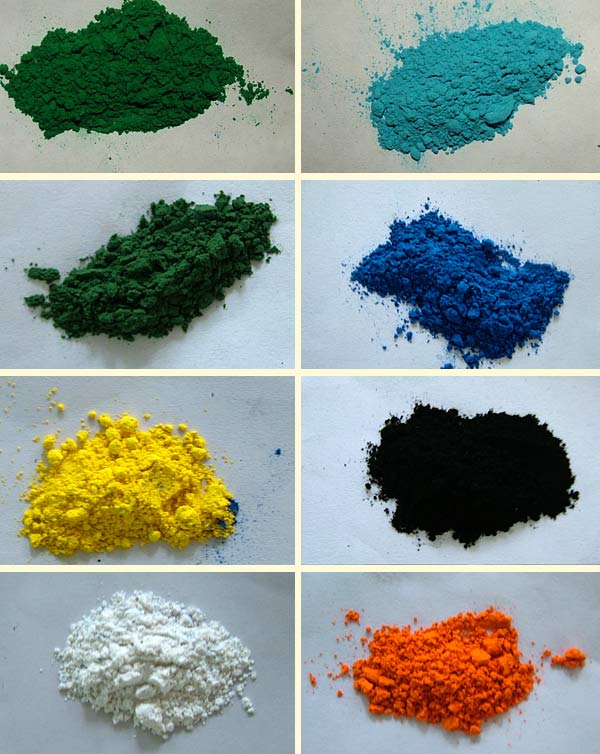
Natural Minerals
Thangka Paintings are painted using the natural minerals. These are firstly grind into the powder form and then used in the thangka as a paint.




